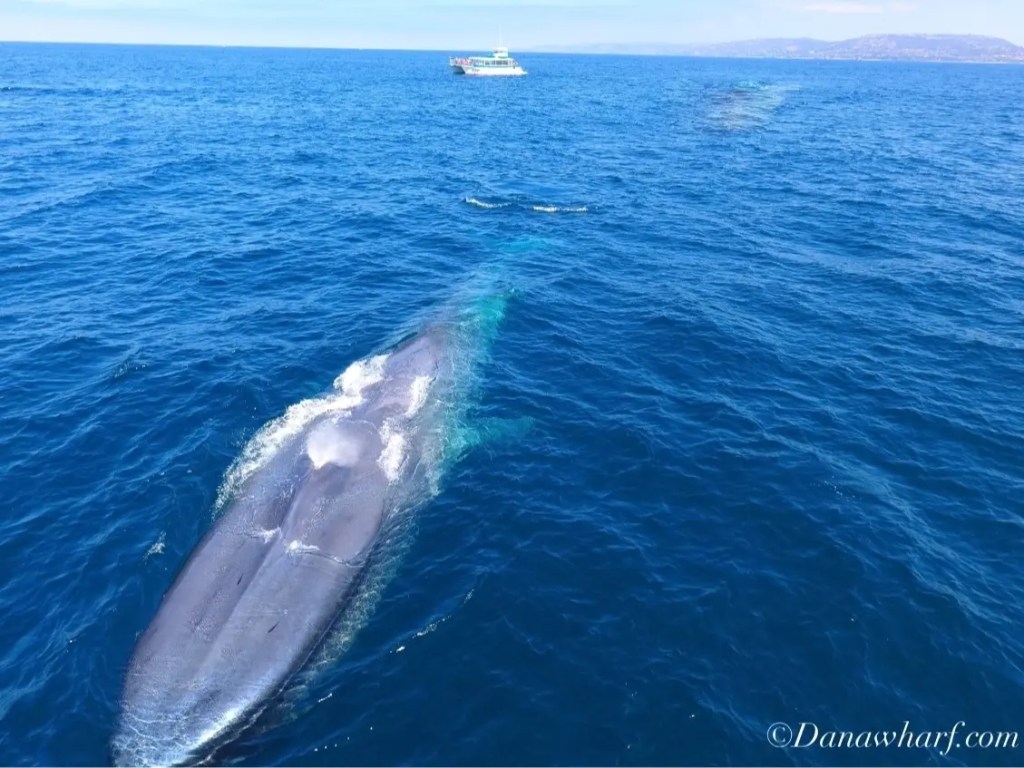How Big is a Blue Whale? The Definitive Guide

The blue whale is the largest animal on Earth, but just how big is it? In this article, we’ll explore the size of a blue whale and compare it to other well-known objects to give you a better understanding of just how massive these creatures are.
The Size of a Blue Whale
The average size of a blue whale is around 50-70 feet long, with the largest recorded blue whale measuring in at 110 feet long. To put that into perspective, that’s longer than a basketball court and almost as long as a Boeing 737 airplane.
Blue whales can also weigh up to 200 tons, which is equivalent to the weight of about 33 elephants. Their hearts alone can weigh up to 400 pounds and are about the size of a small car.
Blue Whale Size Comparison to a Megalodon
The megalodon, a prehistoric shark that lived millions of years ago, is often compared to the blue whale in terms of size. However, the blue whale is still much larger than the megalodon.
The average size of a megalodon is estimated to be around 52 feet (16 meters) long, which is significantly smaller than the average size of a blue whale. In fact, a blue whale’s tongue alone can weigh as much as a megalodon.
Blue Whale Size Comparison to a Building
To truly grasp the size of a blue whale, let’s compare it to a building. The average height of a 10-story building is around 100 feet (30 meters), which is only slightly taller than the largest recorded blue whale.
If you were to stack 10 elephants on top of each other, they would still not reach the height of a blue whale. This just goes to show how massive these creatures truly are.
Where Can You See Blue Whales?

If you’re interested in seeing a blue whale in person, there are a few places you can go. One popular destination for blue whale sightings is Dana Point, California, which is known for its whale watching tours.
Dana Wharf Whale Watching
The highest rated whale watching company in Dana Point is Dana Wharf Whale Watching. They offer daily tours and have experienced captains and naturalists on board to provide information and answer any questions you may have.
Dana Wharf Whale Watching also offers a guarantee that you will see a marine mammal on your tour, or you can come back for free! Book your trip today
Why Are Blue Whales So Big?
So, why are blue whales so much larger than any other animal on Earth? The answer lies in their diet and their need to migrate long distances.
Blue whales primarily feed on krill, which are small, shrimp-like creatures. In order to sustain their massive size, blue whales need to consume large quantities of krill, which can only be found in certain areas of the ocean.
Many blue whales migrate to high-latitude feeding grounds because krill are more dense there, though some populations may feed in other temperate or subpolar regions depending on food availability.
If you’re interested in seeing a blue whale in person, consider taking a whale watching tour in Dana Point, California. Not only will you get a chance to see these incredible animals up close, but you’ll also gain a better understanding of just how big they really are.
